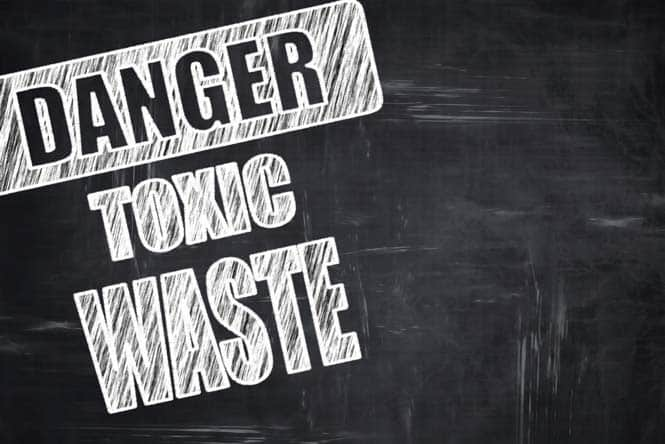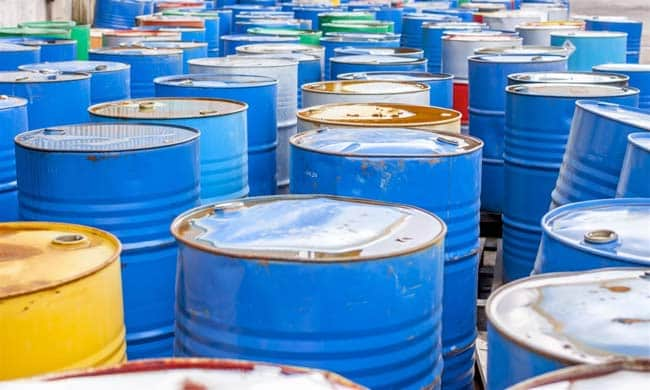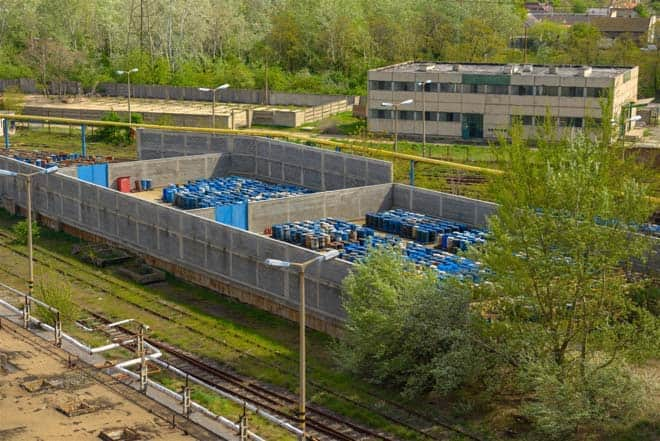RCRA Requirements for Hazardous Waste Generators
Hazardous waste generators are bound by certain local, state, and federal laws. Chief among these laws is the RCRA, or Resource Conservation and Recovery Act, which was enacted by Congress in 1976 to oversee the proper handling and disposal of hazardous waste materials. Below is an overview of the requirements for hazardous waste generators according to the RCRA.

RCRA Requirements
Hazardous waste generators are divided into three categories, and each one has its own requirements under the RCRA.
Conditionally Exempt Small Quantity Generator (CESQG)
A hazardous waste generator that produces no more than 100 kilograms of waste, no more than 1 kilogram of “acutely” hazardous waste, and no more than 100 kilograms of acute spill residue each month is classified as a conditionally exempt Small Quantity Generator. The RCRA requirements for this category of waste generators include:
- Being able to identify each type of hazardous waste produced.
- Taking all appropriate steps to ensure the hazardous material is safely delivered to an entity that can legally handle it.
- Appropriately label hazardous waste shipments to off-site facilities when required by the Department of Transportation.

Small Quantity Generator (SQG)
Generators in this category produce between 100 and 1,000 kilograms of hazardous waste each month. A Small Quantity Generator must adhere to the following RCRA requirements:
- The total quantity of on-site waste does not exceed 6,000 kilograms at any given time.
- Waste may not be accumulated for more than 180 days without a permit.
- Waste management requirements related to transportation and storage equipment listed under 40 CFR Part 265 must be adhered to.
- Basic classroom and/or on-the-job training must be provided to all onsite personnel for safe and proper hazardous waste handling.
- An employee authorized to provide emergency response must be on site at all times.
- A basic emergency and contingency plan must be established to ensure appropriate response in the event of a disaster.
- An EPA identification number must be obtained.
- Waste shipments must be tracked with the EPA's hazardous waste manifest system.
- A “good faith effort” must be put forward to minimize the amount of waste generated.
- Off-site waste shipments must be sent to a RCRA-permitted facility and labeled in compliance with the Department of Transportation.
Large Quantity Generator (LQG)
Large Quantity Generators are those that produce at least 1,000 kilograms of waste, more than 1 kilogram of acutely hazardous waste, or more than 100 kilograms of acute spill residue per month. RCRA requirements for this classification include:
- On-site storage of waste cannot exceed 90 days.
- Waste must be stored inside tanks or other types of containers that conform to the requirements laid out in 40 CFR Part 265.
- An EPA identification number must be obtained.
- A detailed contingency plan must be established in the event of an emergency and a copy of the plan must be sent to local police departments and emergency response centers.
- Strict controls must be placed on storage tanks and containers to keep air emissions within acceptable boundaries.
- Off-site waste shipments must be sent to a RCRA-permitted facility and labeled in compliance with the Department of Transportation.
- A waste management report must be filled out and sent to the Regional Administrator on a biennial basis.
RCRA Exceptions
The following states have hazardous waste generator categories that differ from the federal standard, California, the District of Columbia, Kansas, Maine, Maryland, Massachusetts, Minnesota, New Hampshire, Rhode Island, and Washington. Additionally, some state standards may exceed the federal requirements established by the RCRA.

Learn More About the RCRA Requirements
There is so much more to know about hazardous waste generators and the RCRA requirements associated with them. NET's RCRA Hazardous Waste Generator course is a great way to brush up on essential knowledge for working in the field. See a free demonstration of the course and consider signing up as an individual or by using our group registration as part of your organization. This training is required by the EPA for employees at the start of their job and on an annual basis thereafter. Let National Environmental Trainers help you get a head start on your career.

